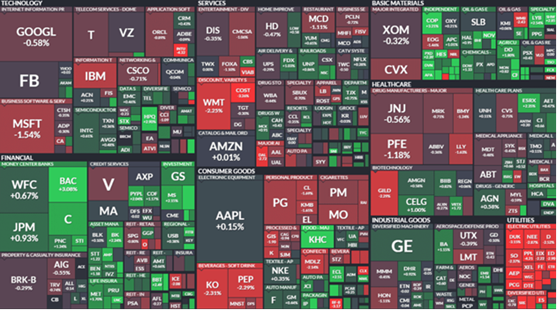Should you exclusively invest in the S&P 500? Or should you buy individual companies instead? Here are the pros and cons of simply buying the S&P 500, writes Gav Blaxberg, CEO of Wolf Financial.
Pro 1 → Diversification. When you buy the S&P 500, you’re automatically a diversified investor. There are 500 (technically 503 stocks) on the S&P 500. Active investors aren’t realistically able to diversify this much.
Pro 2 → Dynamic. The S&P 500 is always changing. Companies are constantly removed and replaced. Active investors always need to monitor their stocks. If you invest in the S&P, it does that for you.
Pro 3 → Performance. The S&P offers long-term returns of around 9%. From an effort-to-reward perspective, that’s pretty awesome. That’s the definition of true passive income.
Pro 4 → Outperforming. The S&P 500 is hard to beat. The majority of hedge funds never beat it. Whether before or after fees, beating the S&P is no simple task.

These are pretty compelling reasons to invest in the S&P 500. However, everything has a downside.
Let’s look at the cons...
Con 1 → International. The S&P exclusively holds American stocks. If this is your only investment, you’re missing out on international gains. Depending on your interest and understanding of other countries, this is a huge downside.
Con 2 → Foreign. If you’re outside the US, you might encounter currency exchange issues. Every time you buy or profit from the S&P, you’ll need to convert that USD. If you’re dollar cost averaging every paycheck, those exchange fees add up.
Con 3 → Ambition. If you’re insanely ambitious, the S&P isn’t for you. If you want returns exceeding 7%-10% annually, buy individual companies. Although many investors don’t beat the S&P, I admire their confidence and ambition.
Whether the S&P 500 is right for you depends on several factors. Based on the aforementioned pros and cons, you’ll need to make that decision yourself. The beauty of investing is we’re blessed with so many opportunities.


















